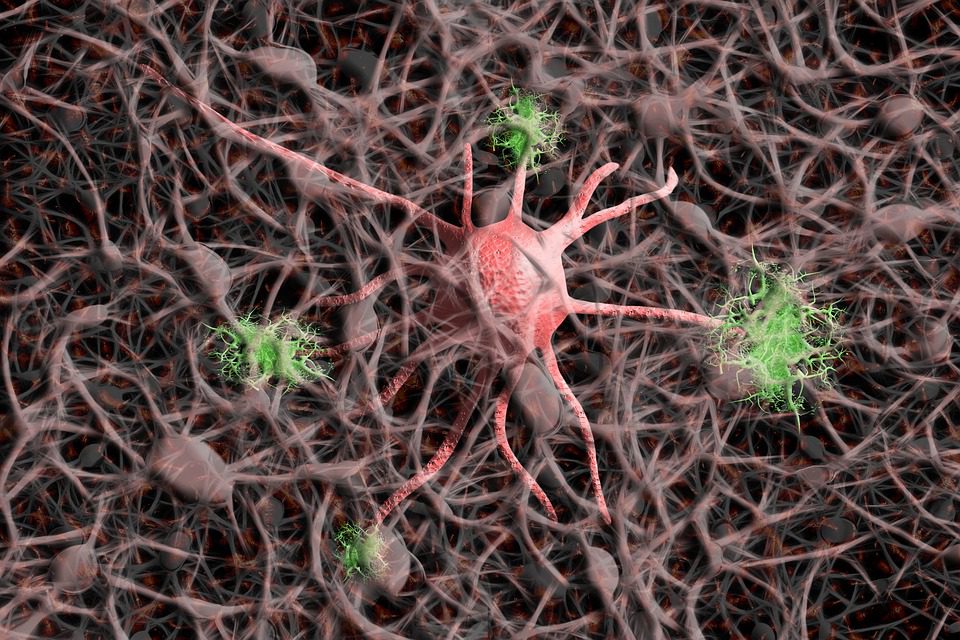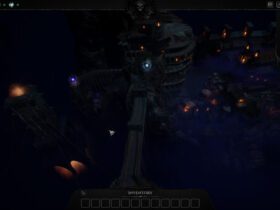A new report puts a research released in the Proceedings of the National Academy of Sciences into perspective. The research was undertaken by a group at the University of Southern California, which captured photographs of laboratory fish developing memories in real-time. The researchers used genetically altered zebrafish, a creature that lends itself to simple study because of its naturally translucent larval form.
The researchers anticipated a small reorganization of the brain’s neuronal networks but instead discovered significant growth in connections in the brain. It’s possible that what we’re witnessing is the solid-state drive’s counterpart, they say.
To instill an identifiable memory in the zebrafish larvae, researchers trained them to link light with being hot. When the larvae of the zebrafish saw the light, they attempted to flee, and Fraser’s team scanned the creatures before & after to record the fluorescent indicators that had been genetically placed into the fish to show its brain activity.
The kind of memory may have an effect on how it is stored in the brain. Given that the memories formed by the USC researchers were frightening, they may help us grasp why traumatic reactions are so crippling and difficult to overcome.
However, according to experts, the data had certain limitations. Given that zebrafish lack an amygdala, the brain’s fear-handling area responsible for emotional experiences, it’s difficult to see such a sophisticated mechanism translating simply or quickly to human brains. If the team is really committed to assisting trauma and PTSD sufferers, they will need to do further studies to have a better understanding of how various brains function.
As a consequence of experience throughout development, there is considerable pruning and neuronal remodeling. Scientists may get different findings if they examine mature zebrafish due to the fact that they are less transparent and possess bigger brains.














Leave a Reply